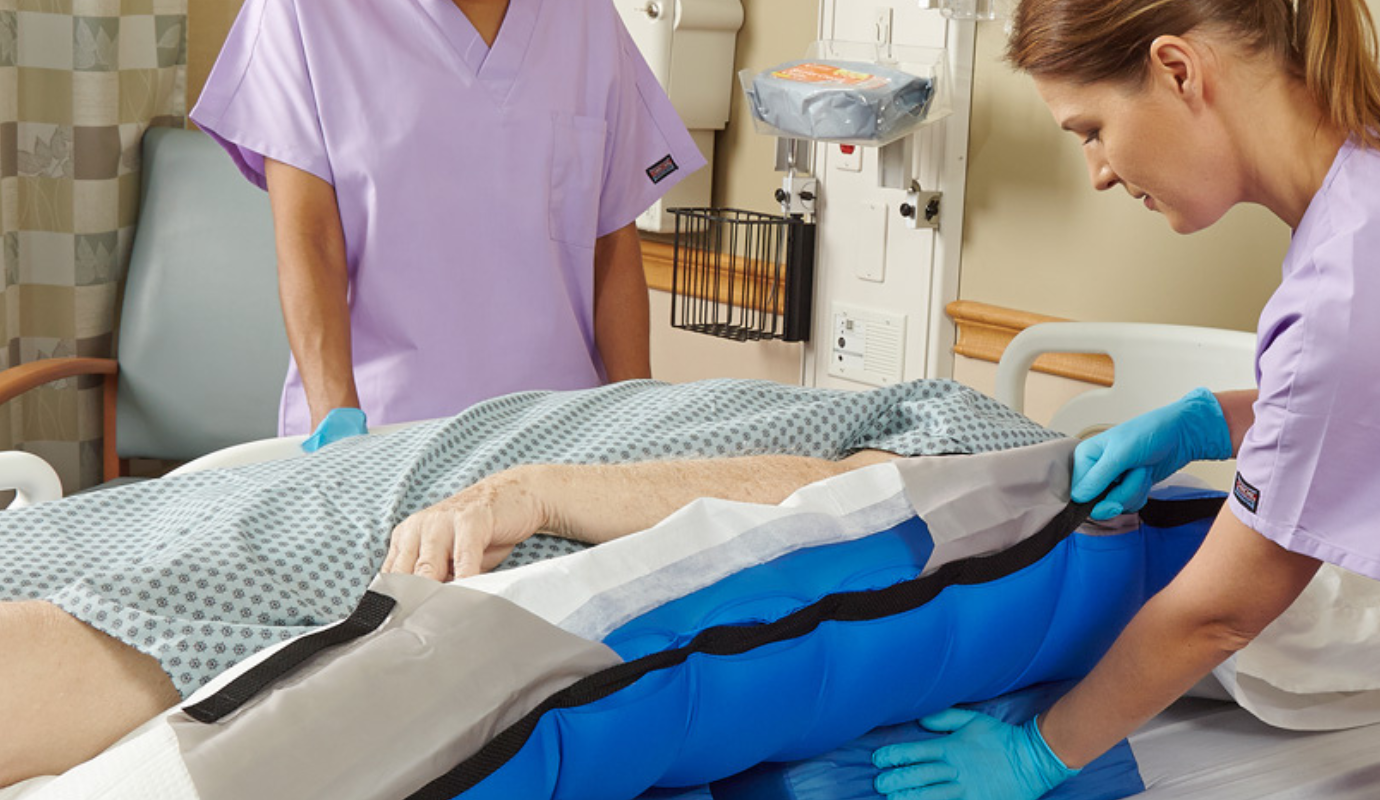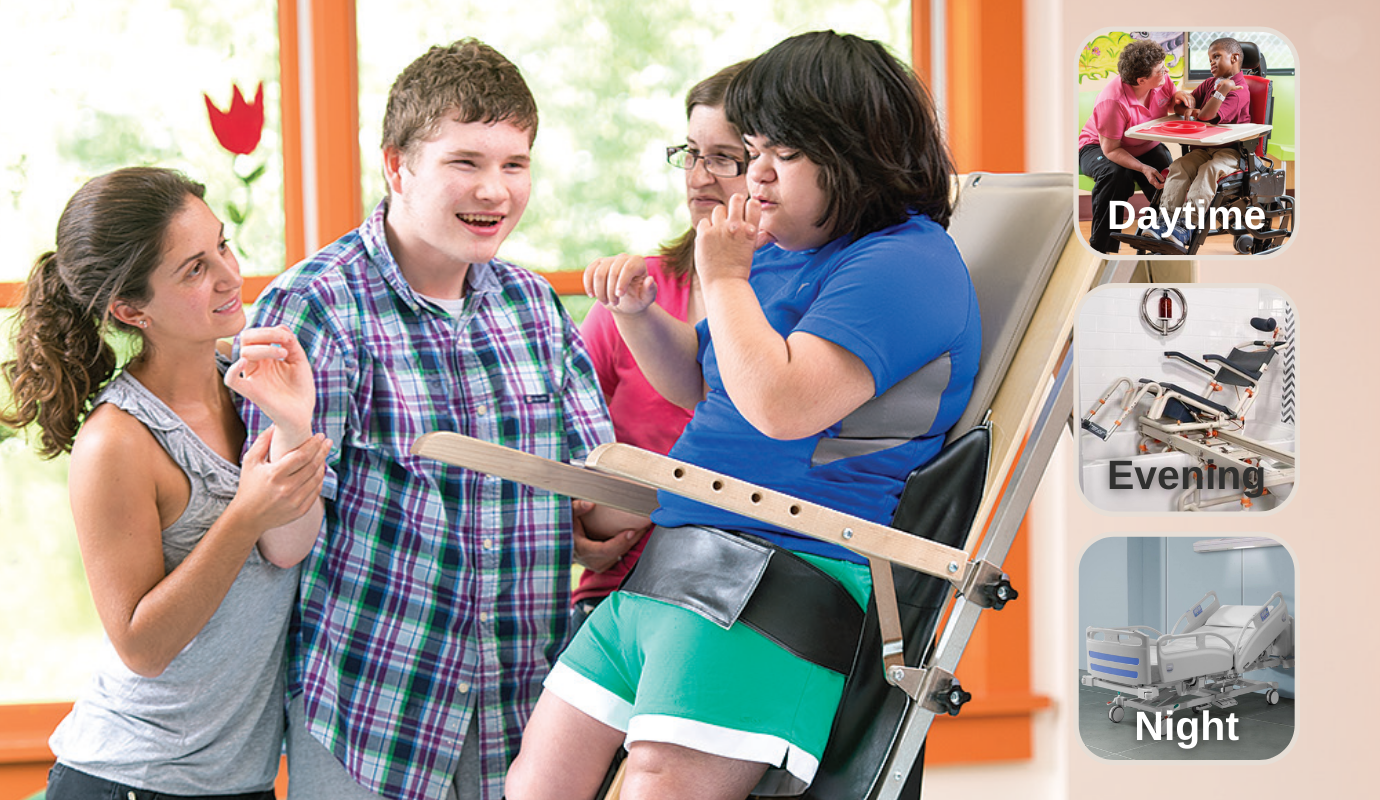What is A Pressure Ulcer
Pressure ulcers also called bedsores, pressure injuries, pressure sores, or decubitus ulcers. Pressure ulcers happen on areas of the skin that are under pressure from lying in bed, sitting in a wheelchair, or wearing a cast for a prolonged time. If an immobile or bedridden person is not positioned or repositioned correctly, and given good nutrition and skin care, pressure ulcers can develop.
Pressure Ulcers Stages
Pressure ulcers are classified by severity, from Stage 1 to Stage 4, Stage 4 being the most severe.
Stage 1
 The top layer of the skin is not broken. When you press on it, it appears red and does not turn white. For a dark-skinned person, the skin may appear as a different colour, for instance, as a dark blue or purplish spot. The redness or change in color does not fade within 30 minutes after pressure is removed.
The top layer of the skin is not broken. When you press on it, it appears red and does not turn white. For a dark-skinned person, the skin may appear as a different colour, for instance, as a dark blue or purplish spot. The redness or change in color does not fade within 30 minutes after pressure is removed.
Stage 2
 The topmost layer of skin (epidermis) is broken, leaving an open wound. The second layer of skin (dermis) may also be broken. It may also look like a blister filled with clear fluid or pus.
The topmost layer of skin (epidermis) is broken, leaving an open wound. The second layer of skin (dermis) may also be broken. It may also look like a blister filled with clear fluid or pus.
Stage 3
 The wound extends through the dermis (second layer of skin) into the fatty subcutaneous (below the skin) tissue, forming a small crater. The fat layer may be seen, but not muscle, tendon, or bone.
The wound extends through the dermis (second layer of skin) into the fatty subcutaneous (below the skin) tissue, forming a small crater. The fat layer may be seen, but not muscle, tendon, or bone.
Stage 4
 The wound extends into the muscle and can extend as far down as the bone, forming a large crater. The deeper tissues, tendons, and bone may be visible. Usually lots of dead tissue and drainage are present. There is a high possibility of infection.
The wound extends into the muscle and can extend as far down as the bone, forming a large crater. The deeper tissues, tendons, and bone may be visible. Usually lots of dead tissue and drainage are present. There is a high possibility of infection.
A stage 4 pressure ulcer may be initially diagnosed as:
Suspected Deep Tissue Injury
 The tissues under the skin have been damaged, although there is no open wound. The skin may look purple or dark red, or there may be a blood-filled blister. The area may be surrounded by tissue that is painful, firm, mushy, boggy, warmer or cooler as compared to nearby tissue.
The tissues under the skin have been damaged, although there is no open wound. The skin may look purple or dark red, or there may be a blood-filled blister. The area may be surrounded by tissue that is painful, firm, mushy, boggy, warmer or cooler as compared to nearby tissue.
Unstageable
 The affected area is covered by a thick layer of dead skin and pus that may be yellow, tan, gray, green or brown color, and/or eschar (scab) of tan, brown or black color in the wound bed. The dead skin makes it hard to tell how deep the injury is.
The affected area is covered by a thick layer of dead skin and pus that may be yellow, tan, gray, green or brown color, and/or eschar (scab) of tan, brown or black color in the wound bed. The dead skin makes it hard to tell how deep the injury is.
Treating Pressure Ulcers
Stage 1
- Change your position or use foam pads, pillows, or mattresses.
- If you spend a lot of time in bed, reposition at least once every 2 hours. If you are sitting, reposition every 15 minutes.
- Keep the area clean and dry.
- Eat adequate calories high in protein, vitamins A and C, and minerals iron and zinc.
- Inspect the area at least twice a day.
Healing time: Two to three days. If it has not gone away, call your health care provider.
Stage 2
- Follow steps in Stage 1.
- Clean the wound with water or a salt-water solution and dry it gently.
- See your health care provider right away.
Healing time: Three days to three weeks.
Stage 3
- Antibiotics to fight infection.
- The surgical removal of dead tissue.
- Taking pressure off of the pressure ulcer.
Healing time: More than one to four months.
Stage 4
- Always consult your health care provider right away.
- Giving patients bacteria-destroying medicine to treat infections.
- Removing any damaged, infected, or dead tissue from the pressure ulcer.
- Covering the affected area with healthy skin.
Healing time: Anywhere from three months to two years.



